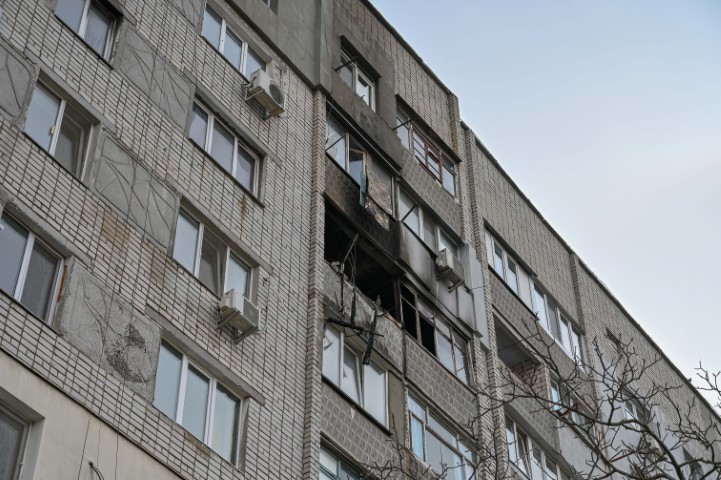April 18th 2022
 We’ve all heard the expression ‘Slum Landlord’. But what exactly do we mean by that expression? Generally, it’s referring to someone who is renting out very bottom-end, poorly maintained dwellings. Pictures come to mind of broken screens, peeling paint, cracked linoleum. Cupboard doors hanging off their hinges. Broken down appliances. Well, you get the picture – slums!
We’ve all heard the expression ‘Slum Landlord’. But what exactly do we mean by that expression? Generally, it’s referring to someone who is renting out very bottom-end, poorly maintained dwellings. Pictures come to mind of broken screens, peeling paint, cracked linoleum. Cupboard doors hanging off their hinges. Broken down appliances. Well, you get the picture – slums!
But why would someone deliberately choose to be a slum landlord? Well, there are a number of reasons, but the first that comes to mind is good return on investment. Chances are the ‘slum landlord’ didn’t pay a lot for the property he/she is renting. And they certainly aren’t spending a lot on repairs and maintenance. But the fact is, that there is a severe shortage of affordable housing, and there will always be someone to rent the unit. And because the tenant was willing to rent the unit in that poor condition, the chances are their expectations will not be too high. They rented squalor. They will be content to live in squalor. And when they do eventually move out, the landlord won’t need to spend much to bring the unit back. Not much was invested anyway.
But while the returns on a ‘slum’ dwelling are generally very good, don’t get the idea that it will be easy money. Chances are that landlord will earn every dime. You see, there is always a hierarchy of available tenants, everything from the excellent ‘dream’ tenant to the extreme problem tenant and ‘hard to house’. The best tenants get the best pick. The low-end tenants take the leftovers. Don’t be surprised as a slum landlord if you rent to one or two people and end up housing eight. The odds are good that you’ll get to know the police on a first name basis, and the neighbours are going to hate you. But, hey, at least you’re making a profit.
The real reason, I think, that landlords become ‘slum landlords’ is not by design but by despair. They start out, and I’ve seen this happen, by fixing  their new rental up beautifully. And they rent it out. But the tenant, who loved the unit, doesn’t know how to keep it up. They live like slobs. In come the pets. Maybe cars up on blocks in the driveway. Holes perhaps in the drywall. When they eventually move out, the landlord is faced with a large remodeling and restoration bill. Which they shoulder once, and perhaps twice. But then they give up. ‘If tenants are going to live like that’ they reason ‘I’ll just rent it like that.’ And they stop sinking money in between tenants. Over time the once pristine ‘palace’ slides into becoming a ‘slum’.
their new rental up beautifully. And they rent it out. But the tenant, who loved the unit, doesn’t know how to keep it up. They live like slobs. In come the pets. Maybe cars up on blocks in the driveway. Holes perhaps in the drywall. When they eventually move out, the landlord is faced with a large remodeling and restoration bill. Which they shoulder once, and perhaps twice. But then they give up. ‘If tenants are going to live like that’ they reason ‘I’ll just rent it like that.’ And they stop sinking money in between tenants. Over time the once pristine ‘palace’ slides into becoming a ‘slum’.
The real problem of course is poor screening. I’m not suggesting that if you are careful, you’ll never have a ‘bad’ tenant slip in. You will. And it’ll be painful and costly. But don’t lower your standards because of it. There are a lot of good reasons to keep your units attractive and well maintained. Remember, I talked about a hierarchy of tenants. By offering a great unit in a great location, you’ll be a logical choice for a great tenant. One that will look after the property, pay the rent on time, and not present you with a host of negative surprises. Keep your units in the kind of shape you’d want if you were renting yourself. And take your time screening applicants. Be selective.
And by keeping your units up and well maintained, you’ll generally have less headaches. Fewer tenant calls with plumbing or appliance issues. Repairs when required will be less frequent and less impactful. The returns may not be as great perhaps as if you owned and operated a fleet of slums, but you’ll sleep at night, and you’ll find it much easier to function happily over the long run.